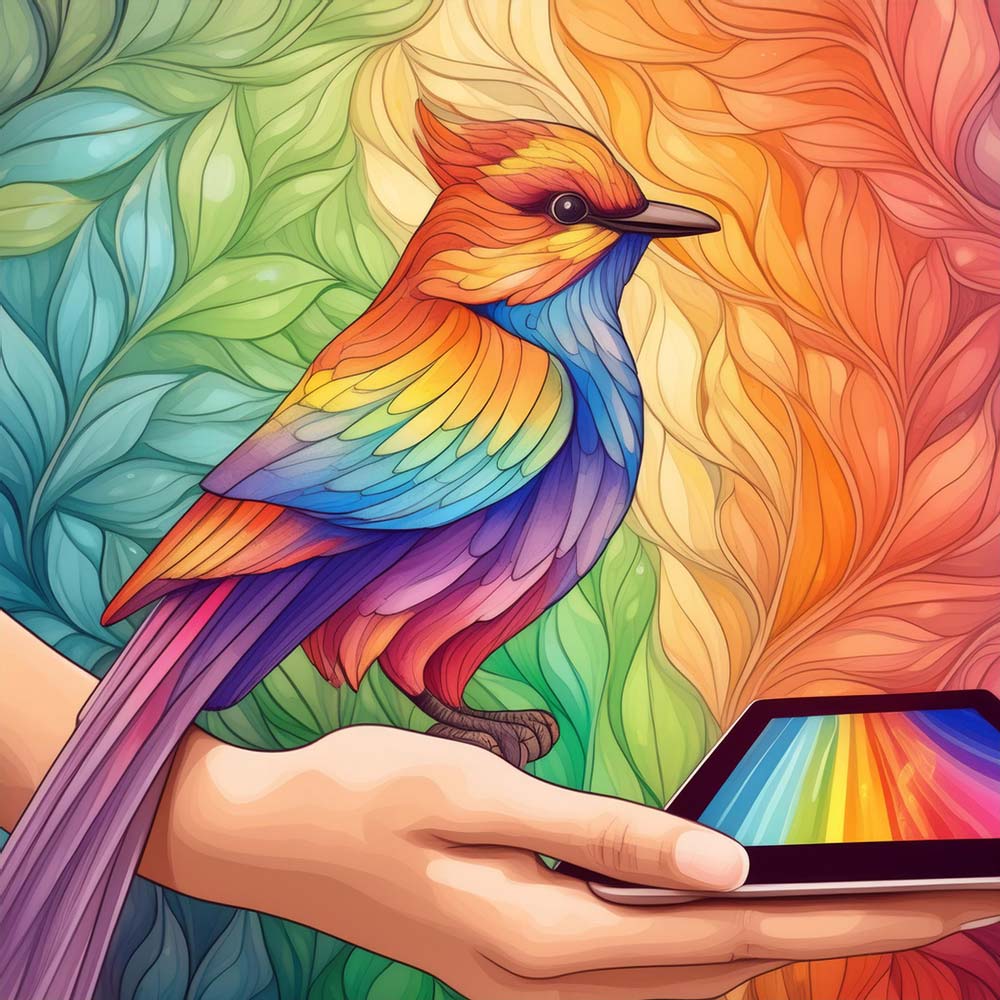Artificial Intelligence (AI) has made impressive strides in various fields, from natural language processing to image recognition and generation. Despite these advancements, AI continues to struggle with certain tasks that seem deceptively simple to humans. One such task is drawing hands. While generating realistic images and understanding complex scenes, AI often fails to accurately render hands. This article explores the reasons behind AI’s difficulty in drawing hands, delving into the complexities of hand structures, training data limitations, algorithmic challenges, and potential solutions for improving AI’s ability to create realistic hand depictions.
The Complexity of Hand Structures
Hands are one of the most complex parts of the human body, with a high degree of variability in terms of poses, angles, and proportions. Each finger can move independently, creating an enormous number of possible configurations. The anatomical details of hands, such as joints, knuckles, and muscle contours, add to this complexity, making them challenging to capture accurately.
Variability and Poses
The human hand can assume countless poses and angles, each with subtle differences. This variability is a significant hurdle for AI, as it requires understanding and replicating the nuances of each pose. For instance, a closed fist looks drastically different from an open palm or a hand holding an object. Each pose involves different finger arrangements, angles, and even the tension in the skin, all of which must be rendered accurately for a realistic depiction.
Anatomical Details
Beyond the general shape and pose, the anatomical details of hands add another layer of complexity. The intricate structures of joints, knuckles, tendons, and muscles must be represented accurately to avoid the uncanny valley effect, where a depiction is almost, but not quite, realistic enough, causing discomfort to the viewer. Even minor inaccuracies in these details can make the hand look unnatural or awkward.
Training Data Limitations
AI models learn from vast amounts of data, and the quality and diversity of this data significantly impact their performance. When it comes to drawing hands, several issues with training data can hinder the AI’s ability to generate realistic images.
Quality and Quantity of Data
For AI to excel at drawing hands, it needs a substantial amount of high-quality training data featuring hands in various poses, angles, and contexts. However, assembling such a dataset is challenging. Many existing datasets may lack sufficient examples of hands, or the images may not cover the full range of variability in hand poses and angles. This scarcity of comprehensive training data limits the AI’s ability to learn the intricate details and variability of hands.
Labeling and Annotation
Even when good data is available, it needs to be accurately labeled and annotated. Inconsistent or inaccurate labeling can lead to poor understanding and reproduction of hands. For instance, if the annotations do not precisely outline the fingers or differentiate between different parts of the hand, the AI may struggle to learn the correct features and proportions.
Algorithmic Challenges
Beyond data issues, the inherent limitations of current AI algorithms contribute to the difficulty in drawing hands. These limitations include resolution constraints, generalization challenges, and the lack of contextual understanding.
Resolution Constraints
Some AI models operate at lower resolutions, which makes it harder to render fine details like fingers and knuckles accurately. At lower resolutions, the small features of a hand can become blurred or indistinct, leading to unrealistic or awkward depictions. Higher resolution models can improve this, but they also require more computational power and more detailed training data.
Generalization and Overfitting
AI models often struggle to generalize well from the training data to new, unseen poses or angles of hands. This is partly due to overfitting, where the model learns the training data too well, including its noise and peculiarities, and fails to perform well on new data. Generalization is crucial for creating realistic hands in various contexts, as the AI must adapt its knowledge to new and diverse situations.
Contextual Understanding
Accurately positioning hands within a scene requires contextual understanding, which many AI models currently lack. For example, understanding how a hand should grip an object, rest on a surface, or interact with other elements in a scene involves complex contextual awareness. Without this understanding, AI-generated hands can appear unnatural or out of place, detracting from the overall realism of the image.
Advances and Future Prospects
Despite these challenges, ongoing research and technological advancements are gradually improving AI’s ability to draw hands more accurately. Several approaches show promise in addressing the current limitations.
Improved Algorithms
Advancements in AI techniques, such as improved Generative Adversarial Networks (GANs) and transformers, are enhancing the capability to render hands more accurately. GANs, which involve a generator and a discriminator working in tandem to produce realistic images, have shown significant promise in generating high-quality images, including hands. Similarly, transformer models, which excel in capturing long-range dependencies, can help improve the understanding and generation of complex structures like hands.
Better Training Data
Increasing the quality and diversity of training datasets, specifically focusing on hands, can help models learn to draw them more accurately. This involves curating large, high-quality datasets with extensive variations in hand poses, angles, and contexts. Additionally, leveraging techniques like data augmentation, where existing data is transformed in various ways to create new training examples, can further enhance the diversity of training data.
Hybrid Approaches
Combining AI-generated images with human oversight or using hybrid models that integrate different types of learning could also improve the accuracy of rendering complex structures like hands. For instance, semi-supervised learning, where a small amount of labeled data is combined with a large amount of unlabeled data, can help improve the model’s understanding of hands. Human-in-the-loop approaches, where human feedback is used to refine the AI’s output, can also help correct errors and improve realism.
Specialized Models
Developing specialized models focused solely on generating hands or specific aspects of hands can also be beneficial. These models can be trained with a narrow focus, allowing them to learn the intricate details and variability of hands more effectively. Once trained, these specialized models can be integrated into larger, general-purpose models to enhance their overall performance.
Conclusion
The challenge of drawing hands highlights the broader difficulties AI faces in replicating complex, variable, and context-dependent structures. The variability and anatomical complexity of hands, coupled with limitations in training data and current algorithms, make this task particularly challenging. However, ongoing advancements in AI techniques, improved training data, and innovative approaches hold promise for overcoming these challenges.
As AI continues to evolve, it is likely that we will see significant improvements in its ability to render hands and other complex structures accurately. These advancements will not only enhance the realism of AI-generated images but also contribute to the broader goal of creating AI systems that can understand and replicate the intricacies of the real world with greater fidelity. In the meantime, the struggle to draw hands serves as a fascinating case study in the limitations and potential of artificial intelligence.

